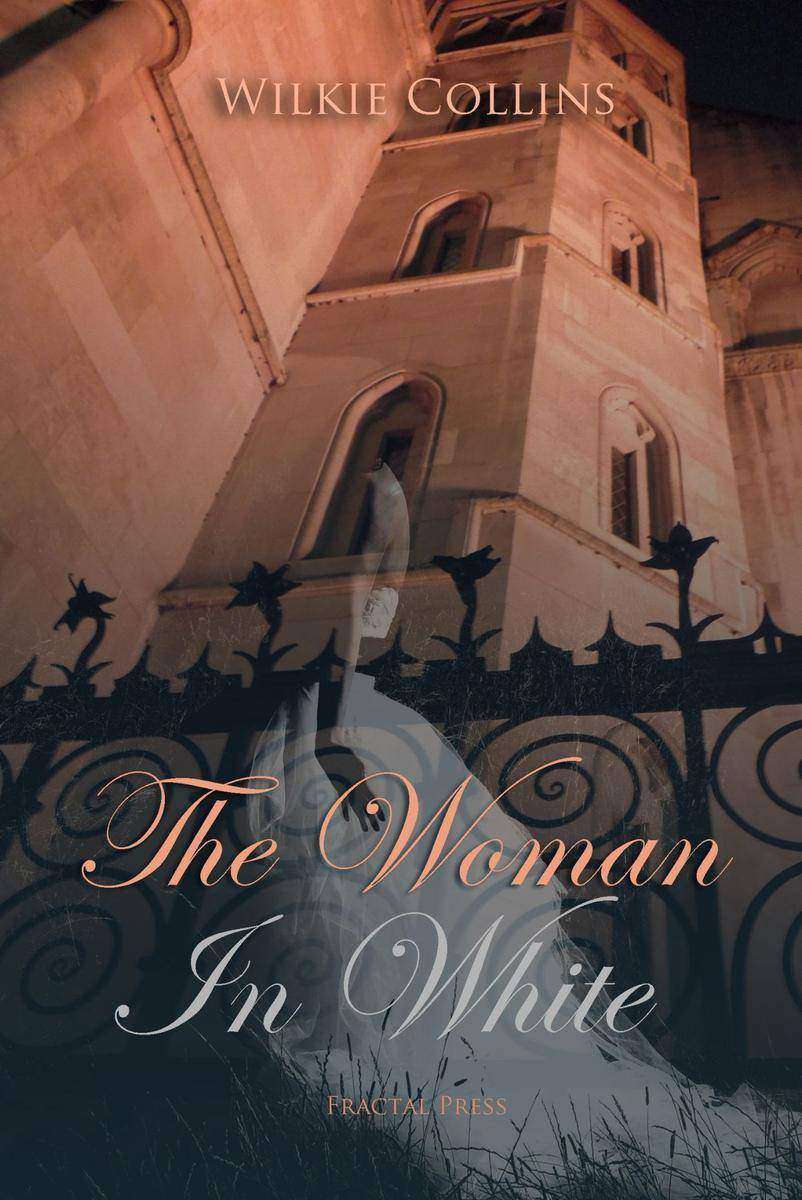
The Woman in White
¥40.79
Walter Hartright, a young art teacher, meets a mysterious and distressed woman dressed in white. He helps her on her way, but later learns that she has escaped from an asylum. Next day, he travels to Limmeridge House in Cumberland, having been hired as a drawing master on the recommendation of his friend, Pesca, an Italian language master.

The Queen of Hearts
¥40.79
We were three quiet, lonely old men, and she was a lively, handsome young woman, and we were at our wits’ end what to do with her.

Veronica??
¥24.44
This is an erotic short story about loving hot wives that clocks in at 2982 words. This story, Veronica, is very naughty and potentially shocking. We can't say too much. But, here is a sentence or two to sample: At the exit of the church, my best friend, Lucia Fernandez, gave me a comforting hug. My dark glasses hid my eyes red and full of tears. The damp handkerchief in my hands was a witness to the pain that still lived inside me.
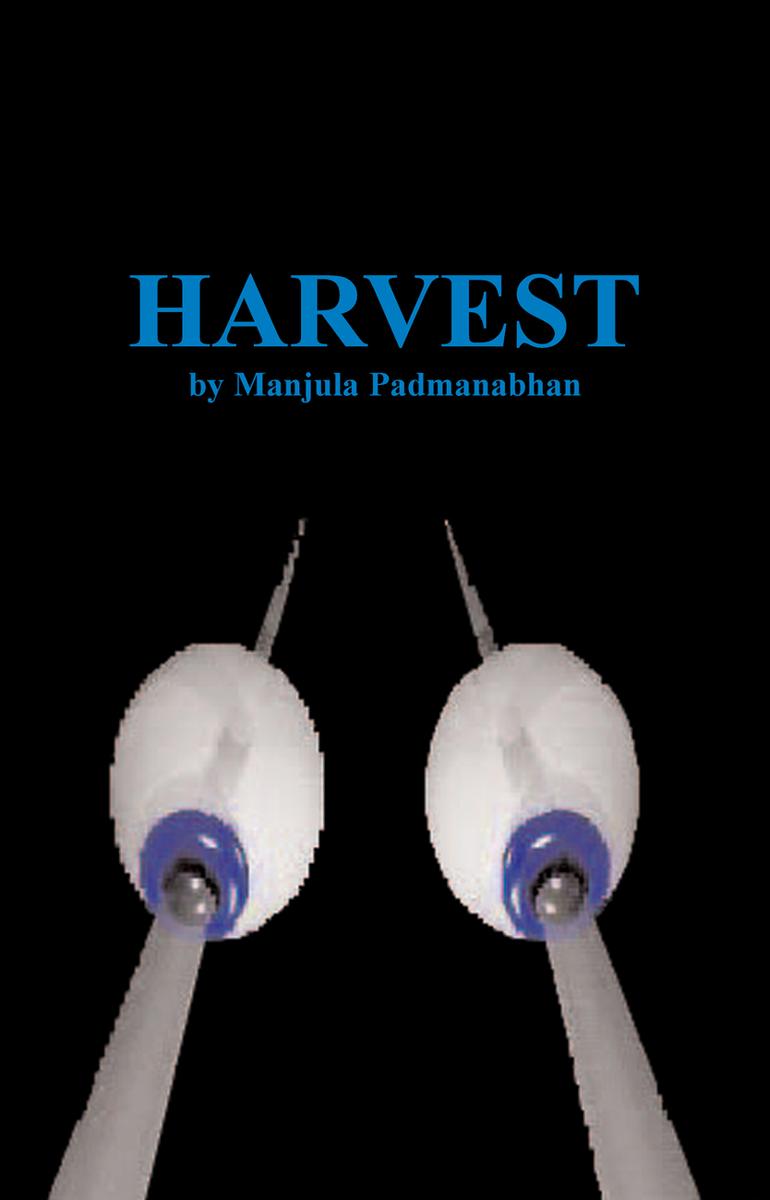
Harvest
¥40.79
A futuristic satire on the trade in live organs from the Third World to the West. Om, a young man is driven by unemployment to sell his body parts for cash. Guards arrive to make his home into a germ-free zone. When his brother Jeetu returns unexpectedly, he is taken away as the donor. Om can’t accept this. Java, his wife, is left alone. Will she too be seduced into selling her body for use by the rich westerners? Harvest won first prize in the first Onassis Cultural Competition for Theatre and was premiered in Greek at the Teatro Texnis, Athens. It has also been performed by a youth theatre in the UK, broadcast by the BBC World Service and made into a feature film, directed by Govind Nihalani, titled Body, which was screened at the Regus London Film Festival.

Four Short Plays for Young People
¥38.62
An entertaining collection of new short plays by popular children’s playwright Rachel Barnett. The plays were specially commissioned to help young people explore complex issues, such as bullying, alcohol abuse and the rights of young people. Successfully produced by youth theatres across the UK, these four lively, contemporary plays are certain to become firm favourites for young performers.
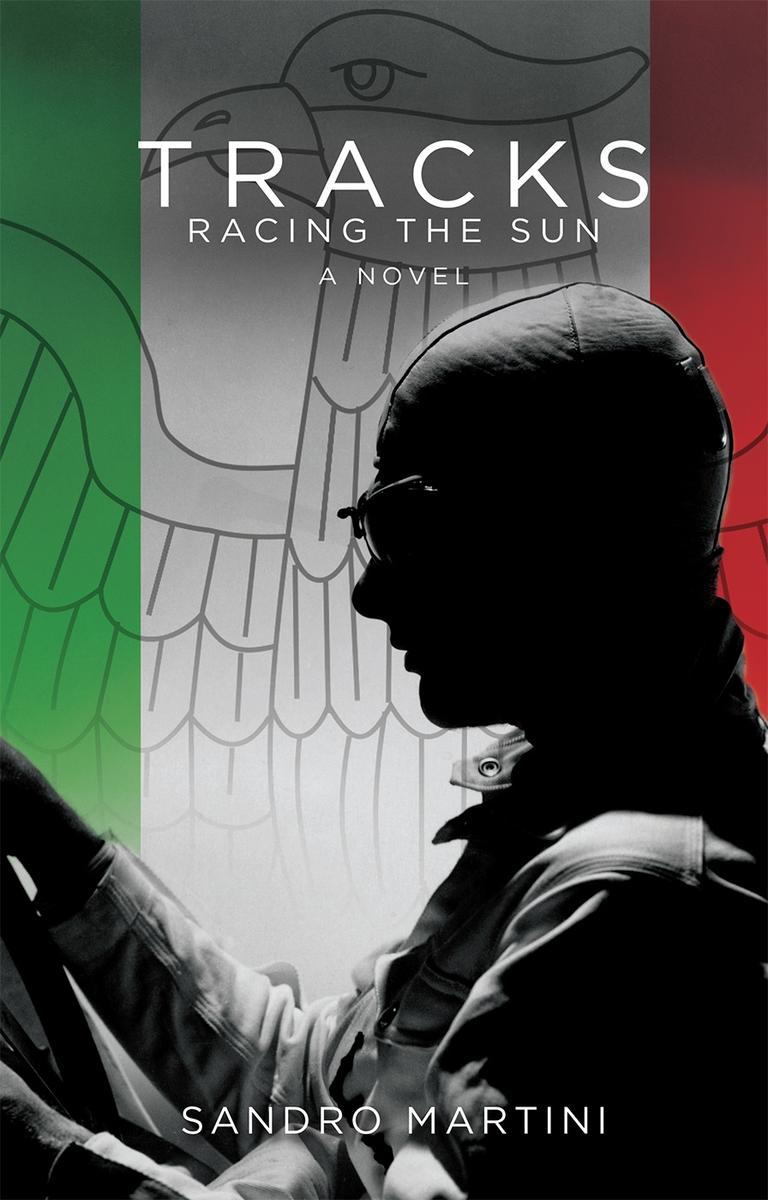
Tracks, Racing the Sun
¥57.14
“EVERY FAN OF MOTOR RACING SHOULD READ THIS BOOK” MARIO ANDRETTI In this epic novel about the motor-racing heroes of Fascist Italy and Nazi Germany, legendary characters battle to win incredible races on switchback roads along the edges of ravines. Exploring the relationships between the champions as much as the sporting events themselves, this is a thrilling tale based on the true rivalries, triumphs and disasters during a fascinating period in European sporting history. “the splendour of the world has been enriched by a novel beauty; the beauty of speed” The Futurists "Martini writes about the dawn of motor racing, a violent and treacherous sport where men serviced their addiction to speed and etched their names in history. Enjoy riding with the greats, it's a rush.?Ben Collins, aka The Stig from BBC's? Top Gear "Every fan of motor racing should read?this book. How the legendary Italian drivers of the past forged the sport we love today with blood and bone. Mario Andretti, motor sport legend "A great read! An incredible tale of skill and courage based on true events". Alex Baldolini, 250cc/moto2 WSS rider "Meticulously researched, beautifully crafted, and a captivating read from beginning to end". The Historical Novel Society

The Tale of Mr. Jeremy Fisher by Beatrix Potter - Delphi Classics (Illustrated)
¥8.09
This eBook features the unabridged text of ‘The Tale of Mr. Jeremy Fisher by Beatrix Potter - Delphi Classics (Illustrated)’ from the bestselling edition of ‘The Complete Works of Beatrix Potter’. Having established their name as the leading publisher of classic literature and art, Delphi Classics produce publications that are individually crafted with superior formatting, while introducing many rare texts for the first time in digital print. The Delphi Classics edition of Potter includes original annotations and illustrations relating to the life and works of the author, as well as individual tables of contents, allowing you to navigate eBooks quickly and easily. eBook features: * The complete unabridged text of ‘The Tale of Mr. Jeremy Fisher by Beatrix Potter - Delphi Classics (Illustrated)’ * Beautifully illustrated with images related to Potter’s works * Individual contents table, allowing easy navigation around the eBook * Excellent formatting of the textPlease visit www.delphiclassics.com to learn more about our wide range of titles
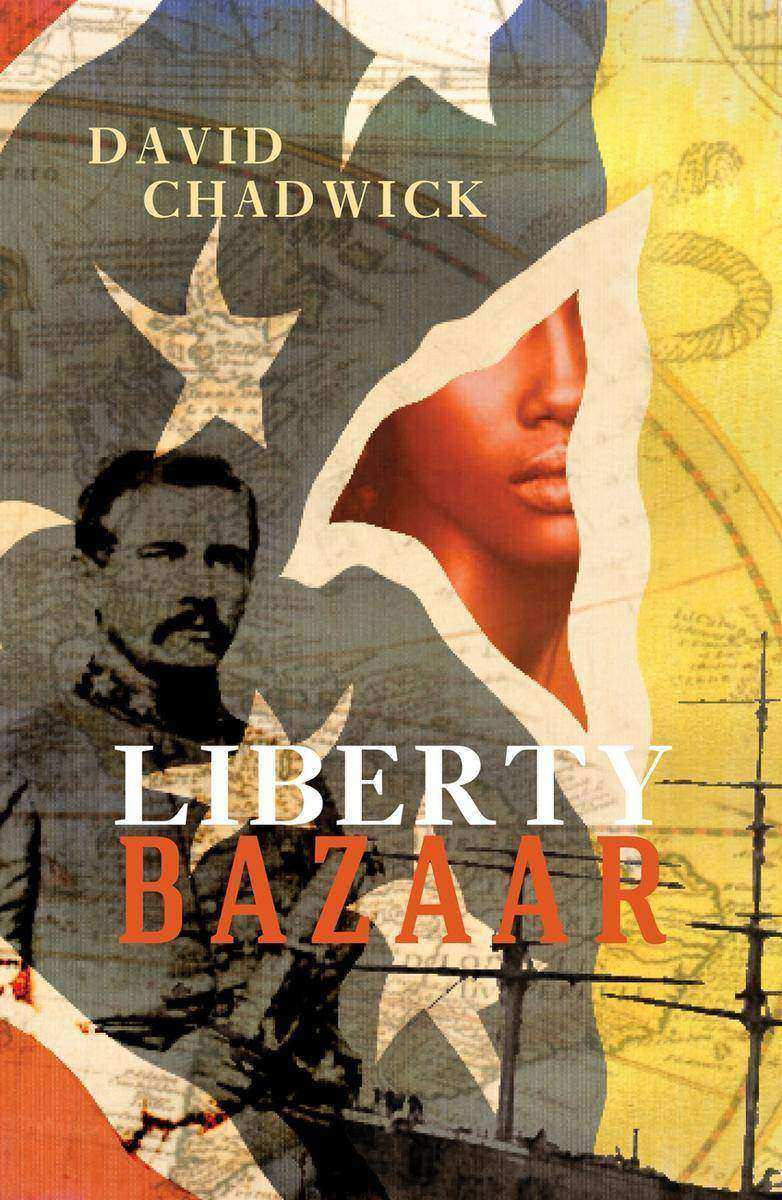
Liberty Bazaar
¥40.79
Liverpool, 1863: Newly arrived in England, wealthy liberals enlist Trinity, an escaped slave girl, in their campaign to abolish slavery and support Abraham Lincoln's Union. Jubal, a high-ranking Confederate officer, has just arrived in Liverpool to find supporters and raise funds for the opposing side. When Trinity discovers a high-stakes conspiracy there to help win the war for the Southern States, she must risk everything to stop it – including her new-found freedom. But who will believe a runaway slave? And who can she really trust?
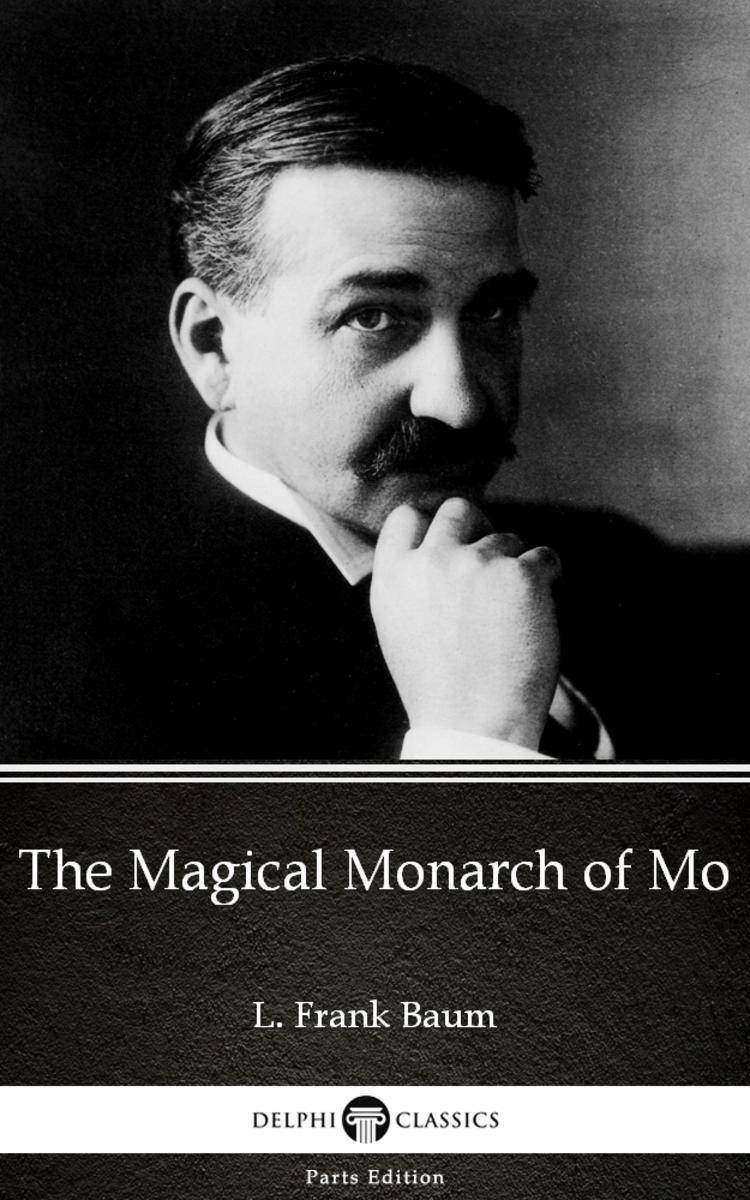
The Magical Monarch of Mo by L. Frank Baum - Delphi Classics (Illustrated)
¥8.09
This eBook features the unabridged text of ‘The Magical Monarch of Mo by L. Frank Baum - Delphi Classics (Illustrated)’ from the bestselling edition of ‘The Complete Works of L. Frank Baum’. Having established their name as the leading publisher of classic literature and art, Delphi Classics produce publications that are individually crafted with superior formatting, while introducing many rare texts for the first time in digital print. The Delphi Classics edition of Baum includes original annotations and illustrations relating to the life and works of the author, as well as individual tables of contents, allowing you to navigate eBooks quickly and easily. eBook features: * The complete unabridged text of ‘The Magical Monarch of Mo by L. Frank Baum - Delphi Classics (Illustrated)’ * Beautifully illustrated with images related to Baum’s works * Individual contents table, allowing easy navigation around the eBook * Excellent formatting of the text Please visit www.delphiclassics.com to learn more about our wide range of titles
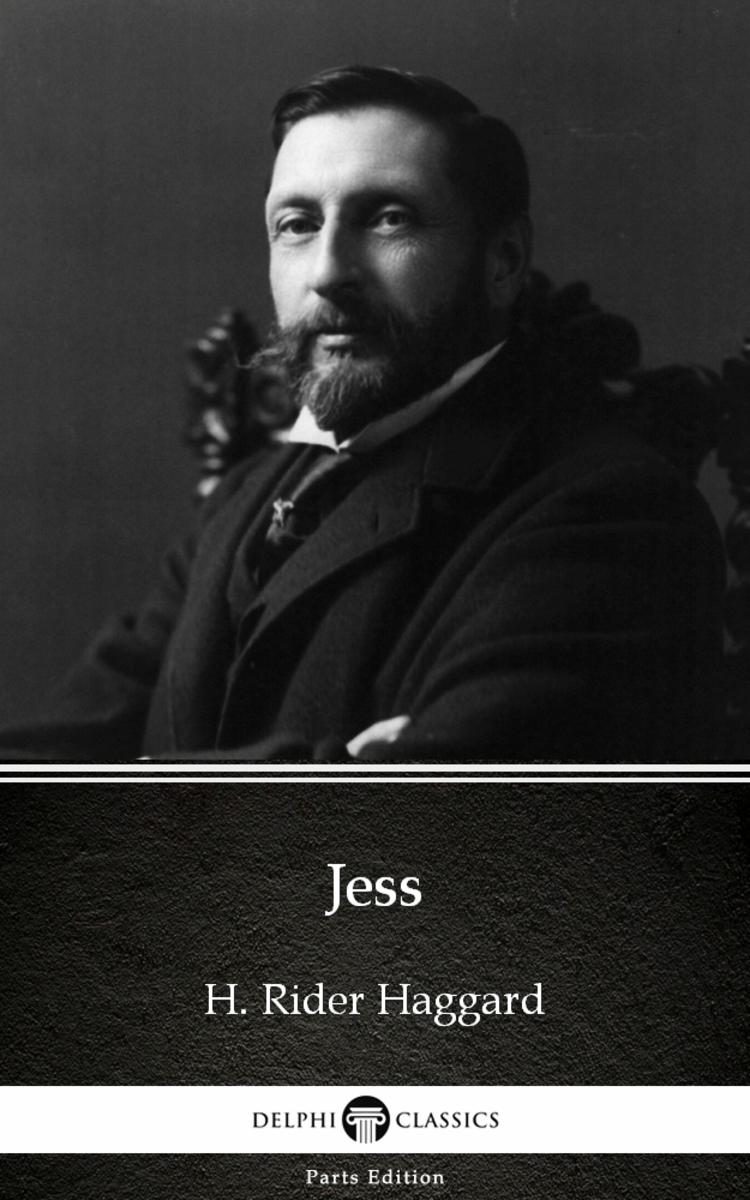
Jess by H. Rider Haggard - Delphi Classics (Illustrated)
¥8.09
This eBook features the unabridged text of ‘Jess by H. Rider Haggard - Delphi Classics (Illustrated)’ from the bestselling edition of ‘The Complete Works of H. Rider Haggard’. Having established their name as the leading publisher of classic literature and art, Delphi Classics produce publications that are individually crafted with superior formatting, while introducing many rare texts for the first time in digital print. The Delphi Classics edition of Haggard includes original annotations and illustrations relating to the life and works of the author, as well as individual tables of contents, allowing you to navigate eBooks quickly and easily. eBook features: * The complete unabridged text of ‘Jess by H. Rider Haggard - Delphi Classics (Illustrated)’ * Beautifully illustrated with images related to Haggard’s works * Individual contents table, allowing easy navigation around the eBook * Excellent formatting of the text Please visit www.delphiclassics.com to learn more about our wide range of titles
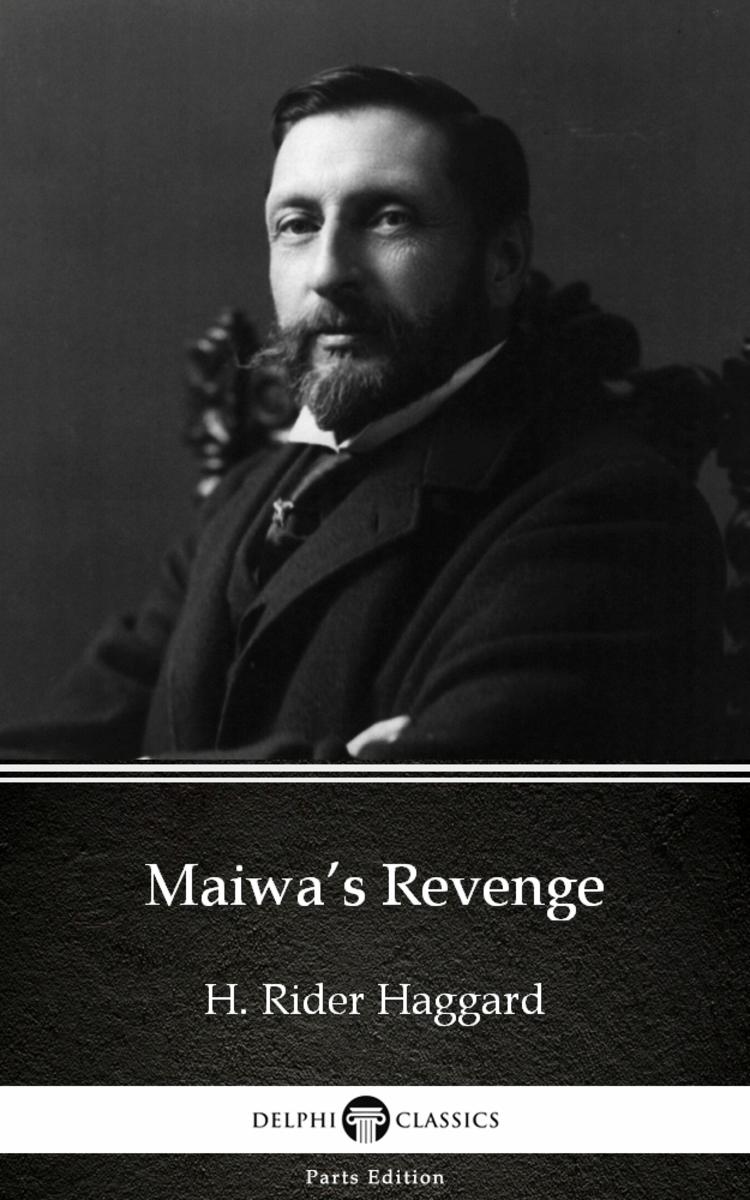
Maiwa’s Revenge by H. Rider Haggard - Delphi Classics (Illustrated)
¥8.09
This eBook features the unabridged text of ‘Maiwa’s Revenge by H. Rider Haggard - Delphi Classics (Illustrated)’ from the bestselling edition of ‘The Complete Works of H. Rider Haggard’. Having established their name as the leading publisher of classic literature and art, Delphi Classics produce publications that are individually crafted with superior formatting, while introducing many rare texts for the first time in digital print. The Delphi Classics edition of Haggard includes original annotations and illustrations relating to the life and works of the author, as well as individual tables of contents, allowing you to navigate eBooks quickly and easily. eBook features: * The complete unabridged text of ‘Maiwa’s Revenge by H. Rider Haggard - Delphi Classics (Illustrated)’ * Beautifully illustrated with images related to Haggard’s works * Individual contents table, allowing easy navigation around the eBook * Excellent formatting of the text Please visit www.delphiclassics.com to learn more about our wide range of titles

Colonel Quaritch, V.C. by H. Rider Haggard - Delphi Classics (Illustrated)
¥8.09
This eBook features the unabridged text of ‘Colonel Quaritch, V.C. by H. Rider Haggard - Delphi Classics (Illustrated)’ from the bestselling edition of ‘The Complete Works of H. Rider Haggard’. Having established their name as the leading publisher of classic literature and art, Delphi Classics produce publications that are individually crafted with superior formatting, while introducing many rare texts for the first time in digital print. The Delphi Classics edition of Haggard includes original annotations and illustrations relating to the life and works of the author, as well as individual tables of contents, allowing you to navigate eBooks quickly and easily. eBook features: * The complete unabridged text of ‘Colonel Quaritch, V.C. by H. Rider Haggard - Delphi Classics (Illustrated)’ * Beautifully illustrated with images related to Haggard’s works * Individual contents table, allowing easy navigation around the eBook * Excellent formatting of the text Please visit www.delphiclassics.com to learn more about our wide range of titles

Οδηγ?? Μηχανογραφικο? 2014
¥84.20
Στο βιβλ?ο αυτ? περιλαμβ?νονται χρηστικ?? πληροφορ?ε? για την συμπλ?ρωση μηχανογραφικο? δελτ?ου των πανελλην?ων εξετ?σεων. Πρακτικ?? οδηγ?ε? για γονε?? και μαθητ??, αν?λυση των πιο συνηθισμ?νων λαθ?ν που γ?νονται απ? του? μαθητ?? στην συμπλ?ρωση του μηχανογραφικο?, τη? σημασ?α? των β?σεων, στρατηγικ?? για την συμπλ?ρωση ?σο και πλ?θο? πληροφορι?ν για σχολ??, επαγγελματικ? δικαι?ματα και προτ?σει? σχολ?ν και επιλογ?ν με διευρυμ?νε? προοπτικ?? επαγγελματικ?? αποκατ?σταση?.

Intuitive Vision and Dreams
¥52.65
You have dreams all your life some of which you never forgot because you believe or feel that they have been somehow important in your life. You are right. The same is the case with all people, across this planet and throughout all of its history, regardless of whether they confess to it or not, and that is the reason dreams have always been the focus of scientific research. It is not surprising that as we speak top scientists are studying the function of dreams and try to decode their messages. Researcher Aggil Loupescou did just that. This book will guide you into an exploration of the non-conscious part of your being and help you to understand who you really are. You will have a double gain: psychological balance and concordant development of the conscious and unconscious parts of yourselves, as well as positive energy to improve your life on a daily basis. It is worth reading it carefully.
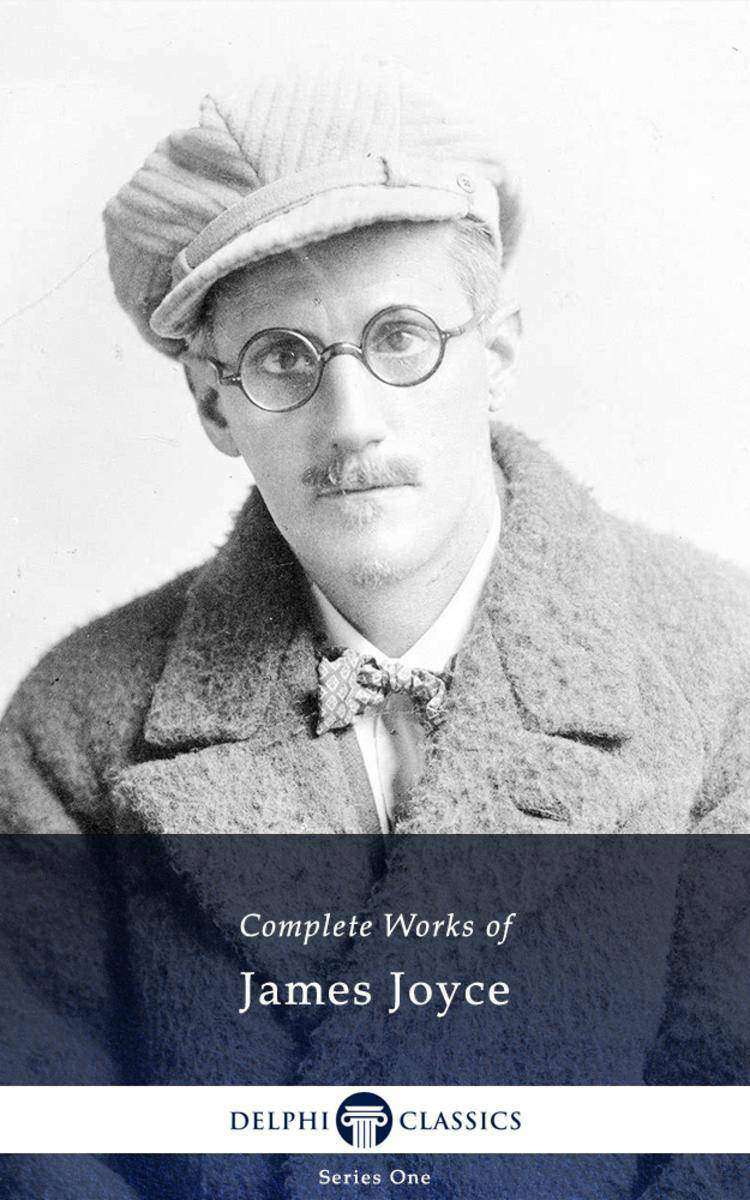
Delphi Complete Works of James Joyce (Illustrated)
¥24.44
This is the definitive digital edition of James Joyce’s complete works. At last the great modernist writer joins the scholarly range of Delphi Classics. (Version 6) * CONCISE introductions to the novels and other texts * every novel, poetry collection and play has its own contents table to allow easy navigation – you won’t get lost! * the rare unfinished novel STEPHEN HERO * COUNTLESS images related to Joyce and his works * special images of the original first editions, giving your eReader a flavour of the original texts * ALL of the short stories and poems * scholarly ordering of texts into chronological order * ‘Ulysses’ has special introductions to all eighteen episodes of the epic novel. Finally you can finish and understand the novel! * includes the rare children’s short story THE CAT AND THE DEVIL * introductory chapters for each part of FINNEGANS WAKE, aiding your understanding of this abstruse text * includes the rare prose poem GIACOMO JOYCE, first time in digital print * boasts a special non-fiction section with essays, letters and newspaper articles The eBook also includes a front no-nonsense table of contents to allow easy navigation around Joyce’s oeuvre. Welcome to hours upon hours upon hours of reading one of literature’s most experimental writers! CONTENTS The Novels A PORTRAIT OF THE ARTIST AS A YOUNG MAN ULYSSES FINNEGANS WAKE STEPHEN HERO The Short Stories DUBLINERS THE CAT AND THE DEVIL Other Prose Works EPIPHANIES GIACOMO JOYCE The Play EXILES The Poetry Collections EARLY POETRY CHAMBER MUSIC POMES PENYEACH LATER POETRY The Poetry LIST OF POEMS IN CHRONOLOGICAL ORDER LIST OF POEMS IN ALPHABETICAL ORDER The Non-Fiction LIST OF ESSAYS, LETTERS AND ARTICLES
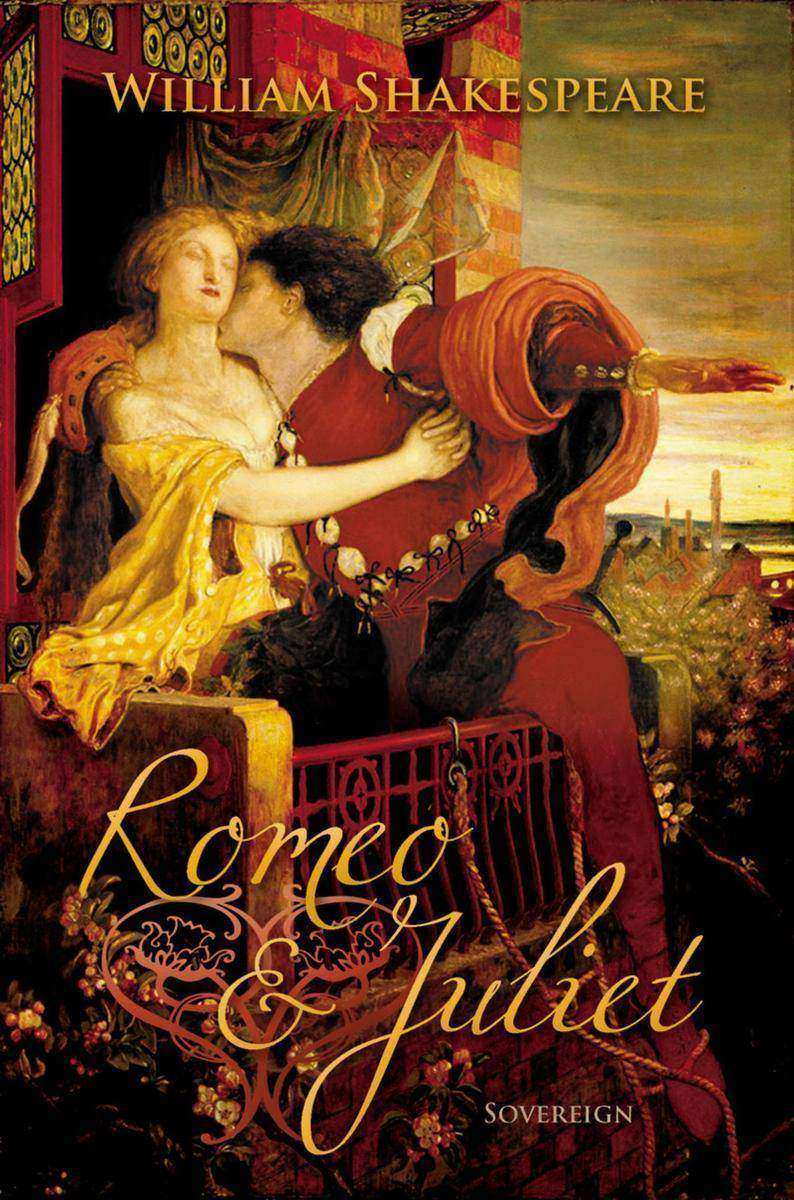
Romeo and Juliet
¥40.79
One of Shakespeare's most famous stories of young lovers, Romeo and Juliet who would do anything to be together.
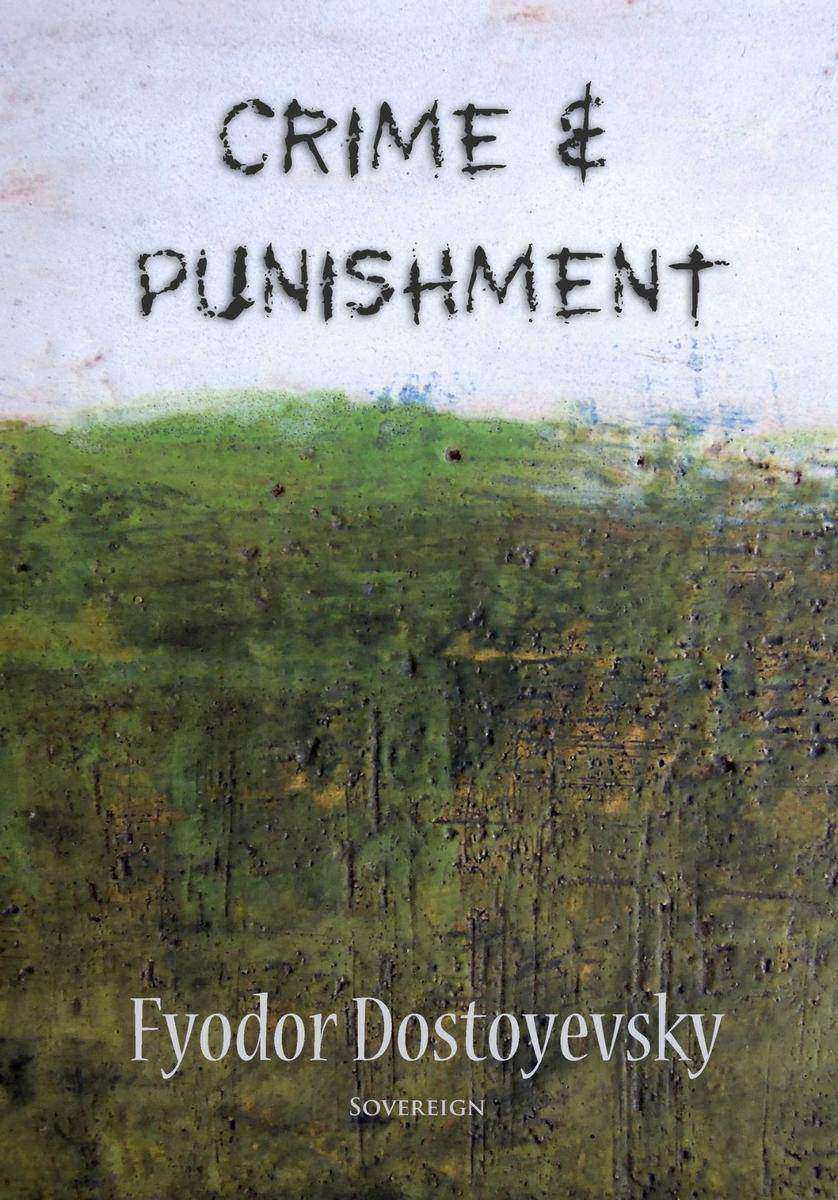
Crime and Punishment
¥40.79
Is murder is permissible in pursuit of a higher purpose? Meet Raskolnikov, an impoverished ex-student in St. Petersburg who formulates and executes a plan to kill an unscrupulous pawnbroker for her cash. Raskolnikov argues that with the pawnbroker's money he can perform good deeds to counterbalance the crime.

Anne's House of Dreams
¥40.79
Anne’s House of Dreams begins with Anne and Gilbert's wedding, which takes place in the Green Gables orchard. After the wedding, they move to their first home together, which Anne calls their house of dreams. This book follows Anne from the age of 25 to 27.
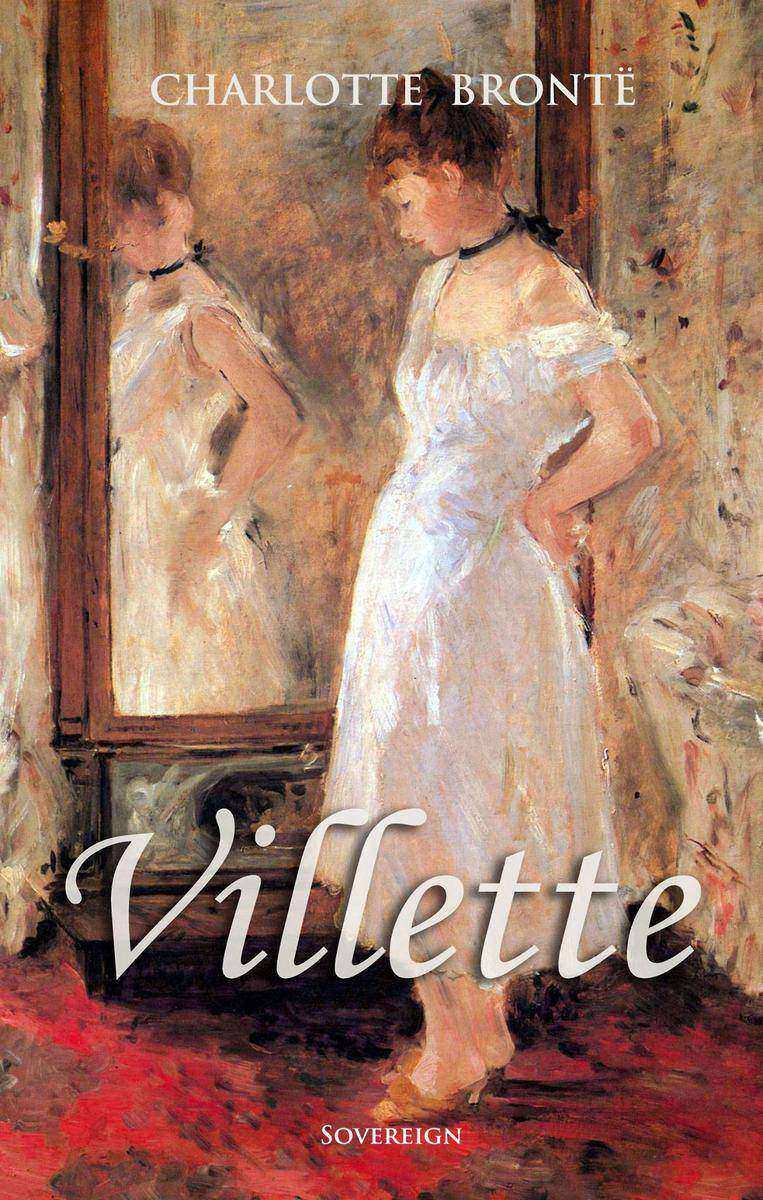
Villette
¥40.79
Lucy Snowe travels to the fictional city of Villette to teach at an all-girls school where she is unwillingly pulled into both adventure and romance.
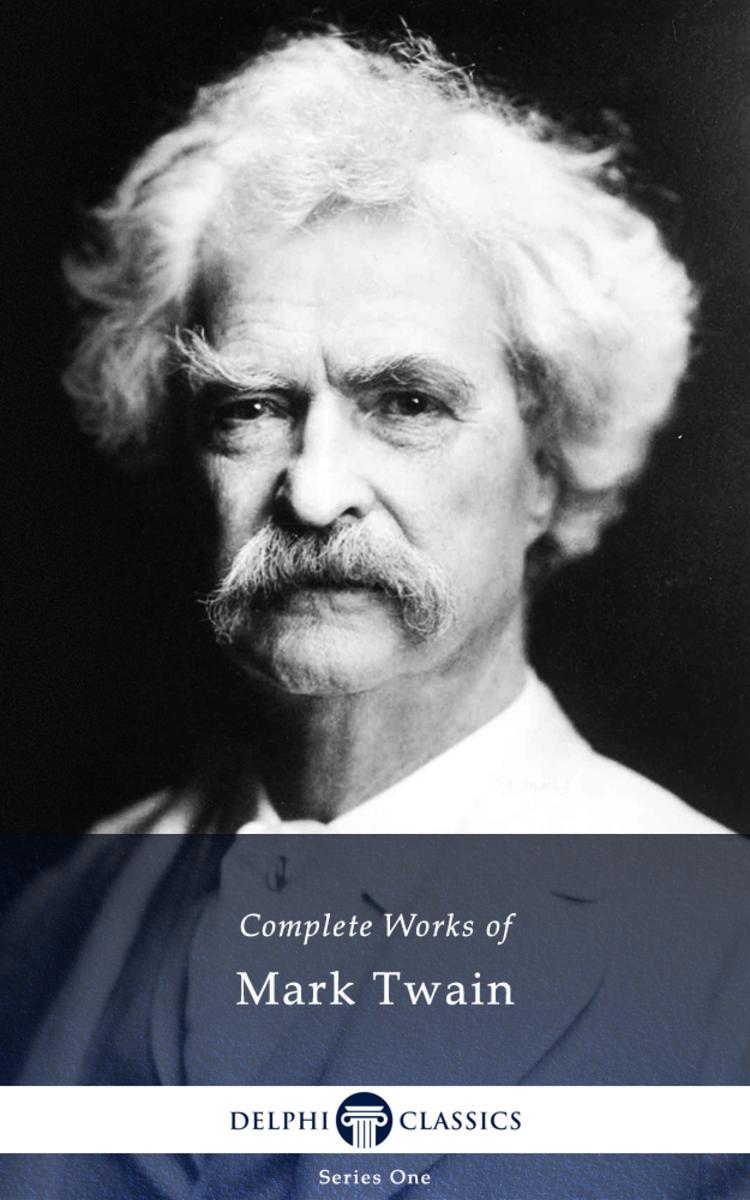
Delphi Complete Works of Mark Twain (Illustrated)
¥24.44
This is the COMPLETE WORKS of America's favourite storyteller Mark Twain. The eBook contains every novel, short story - even the very rare ones ? essay, travel book, non-fiction text, letter and much, much more! . (Current Version: 3) Features: * ALL 12 novels, with concise introductions and contents tables * images of how the books first appeared, giving your eReader a taste of the original texts * includes Twain's rare unfinished novel 'The Mysterious Stranger', often missed out of collections * ALL of the short stories, with quality formatting * the short stories have their own chronological and alphabetical contents tables - find that special story easily! * Twain's 20 short story contributions to "The Library of Humor", with their own contents table * even INCLUDES Twain's complete letters, essays and satires - with their own special contents tables * ALL of the travel writing, with contents tables * includes Twain's "Chapters from My Autobiography" * SPECIAL BONUS texts, including three contemporary Twain biographies - explore the great man's amazing life in Paine's and Howells' famous biographies! * UPDATED with a special literary criticism section, with various works exploring Twain's contribution to literature * UPDATED with Archibald Henderson's critical study MARK TWAIN * UPDATED with the complete speeches * scholarly ordering of texts into chronological order and literary genres The eBook also includes a front no-nonsense table of contents to allow easy navigation around Twain's immense oeuvre. Welcome to hours upon hours upon hours of reading one of literature's most famous storytellers! CONTENTS The Novels THE GILDED AGE: A TALE OF TODAY THE ADVENTURES OF TOM SAWYER THE PRINCE AND THE PAUPER ADVENTURES OF HUCKLEBERRY FINN and many more! The Short Stories (too many to list!) CHRONOLOGICAL LIST OF SHORT STORIES ALPHABETICAL LIST OF SHORT STORIES MARK TWAIN'S LIBRARY OF HUMOR The Essays and Satires LIST OF TWAIN'S ESSAYS AND SATIRES The Travel Writing THE INNOCENTS ABROAD ROUGHING IT A TRAMP ABROAD FOLLOWING THE EQUATOR SOME RAMBLING NOTES OF AN IDLE EXCURSION The Non-Fiction OLD TIMES ON THE MISSISSIPPI and many more! The Letters THE COMPLETE LETTERS OF MARK TWAIN The Speeches THE COMPLETE SPEECHES The Criticism MARK TWAIN BY ARCHIBALD HENDERSON MARK TWAIN BY BRANDER MATTHEWS THE AMERICANS BY DAVID CHRISTIE MURRAY MARK TWAIN BY FREDERICK WADDY NEW YORK TIMES ARTICLES The Biographies CHAPTERS FROM MY AUTOBIOGRAPHY BY M.TWAIN MY MARK TWAIN BY WILLIAM DEAN HOWELLS MARK TWAIN A BIOGRAPHY BY A.B. PAINE THE BOYS' LIFE OF MARK TWAIN BY A. B. PAINE

White Fang
¥40.79
Set in Yukon, Canada during the Klondike Gold Rush, the story is written from the view-point of a wild wolf-dog White Fang. The novel explores how animals view their world and how they view humans.




 购物车
购物车 个人中心
个人中心



